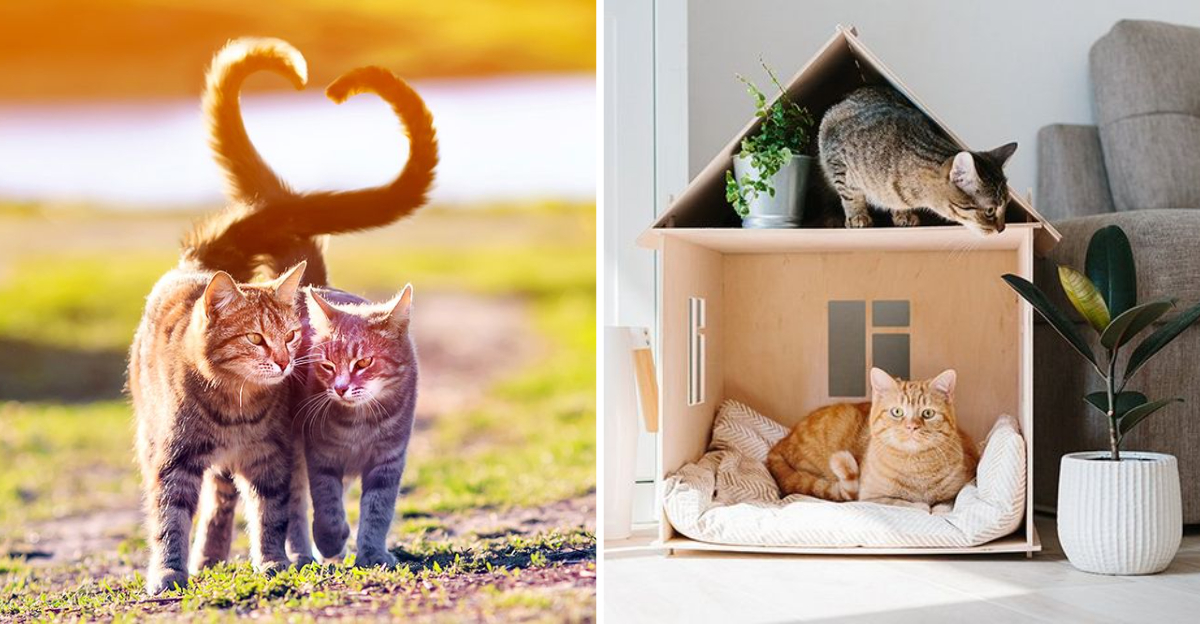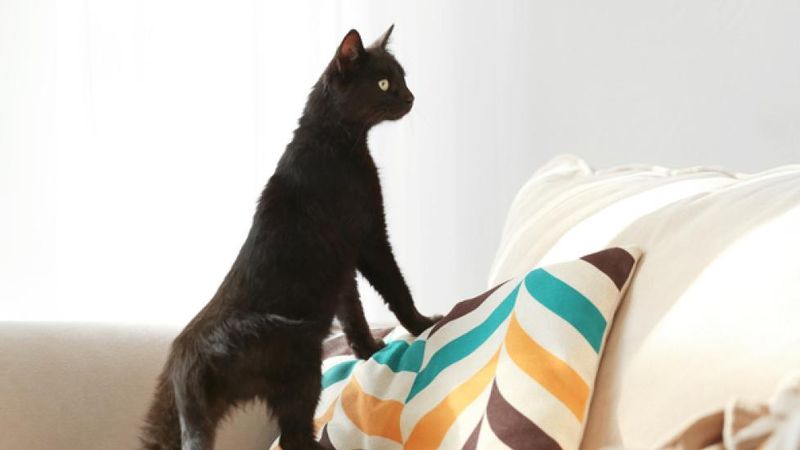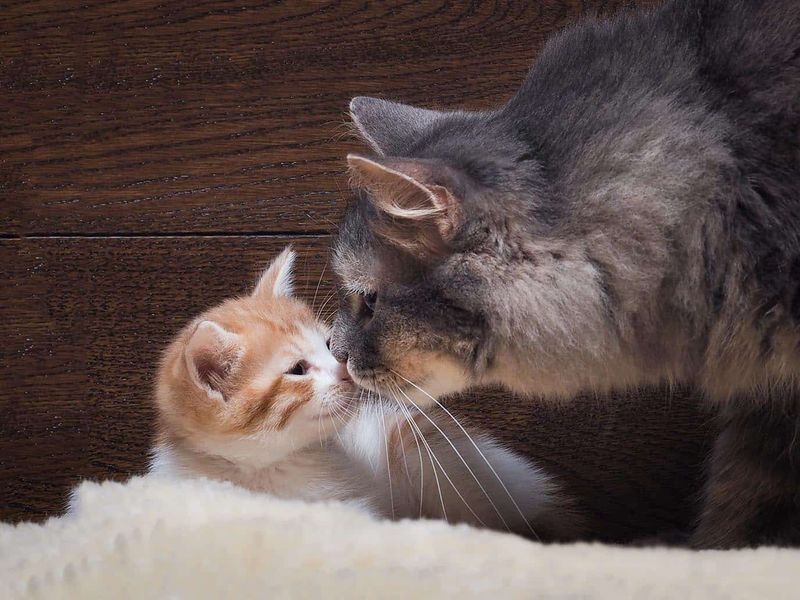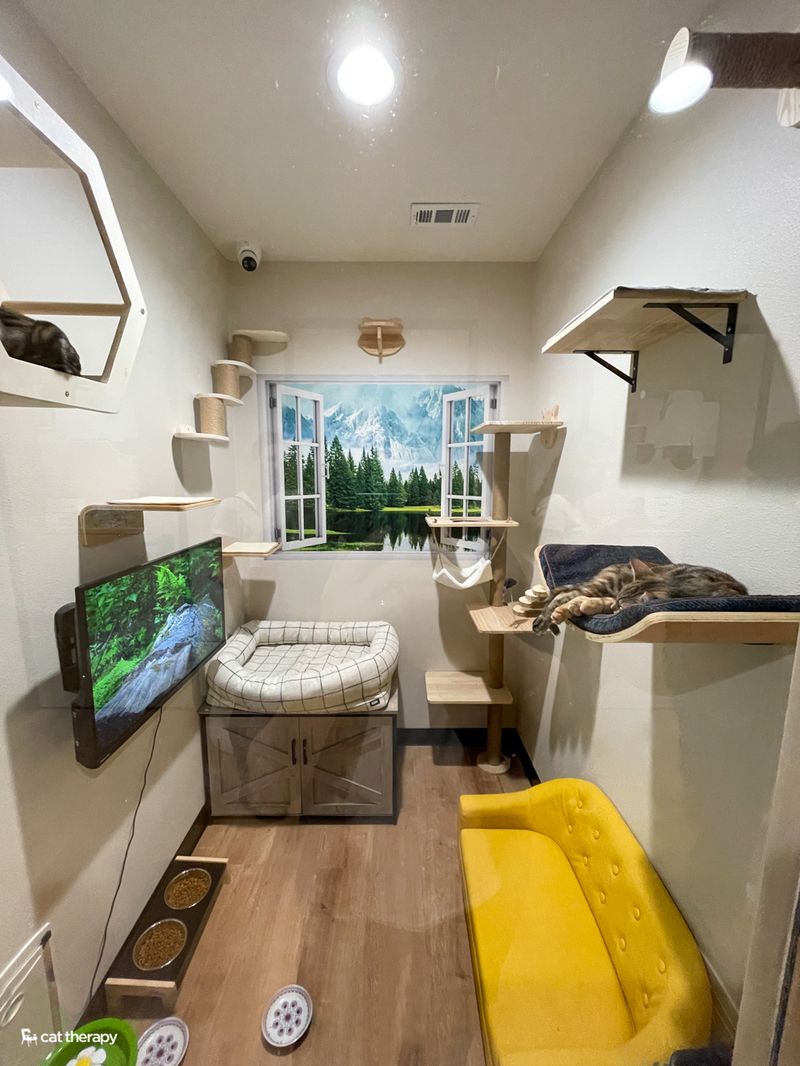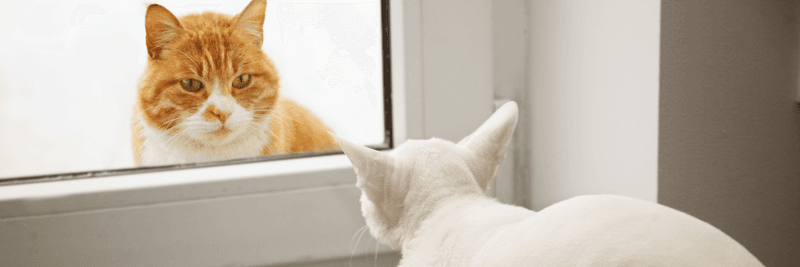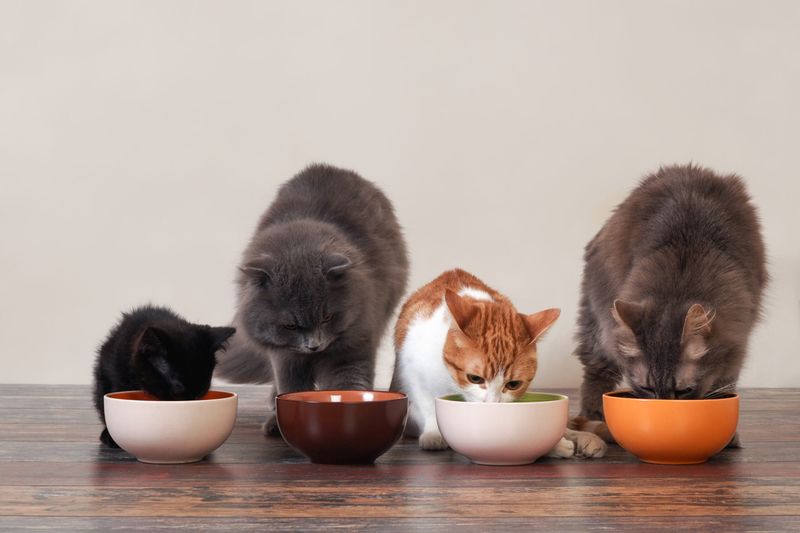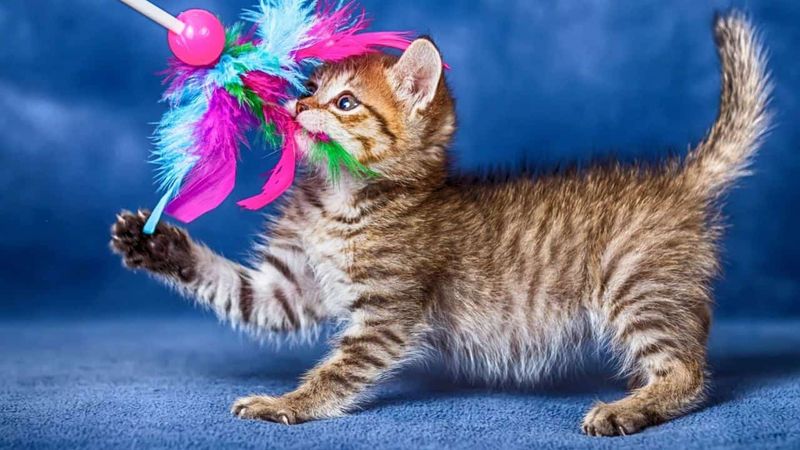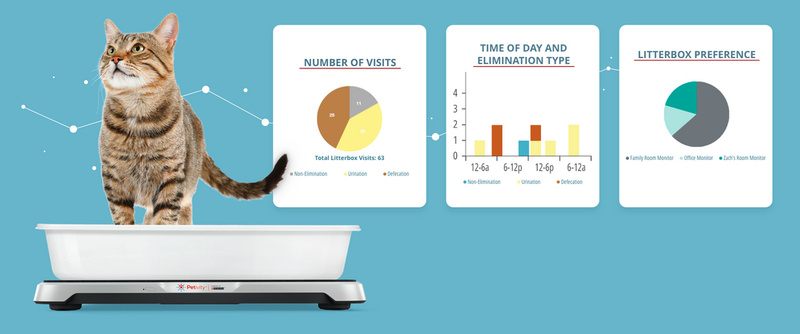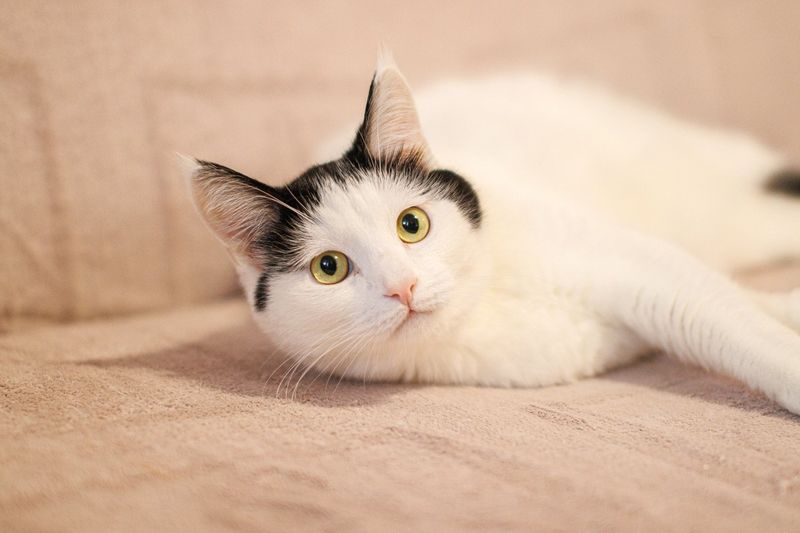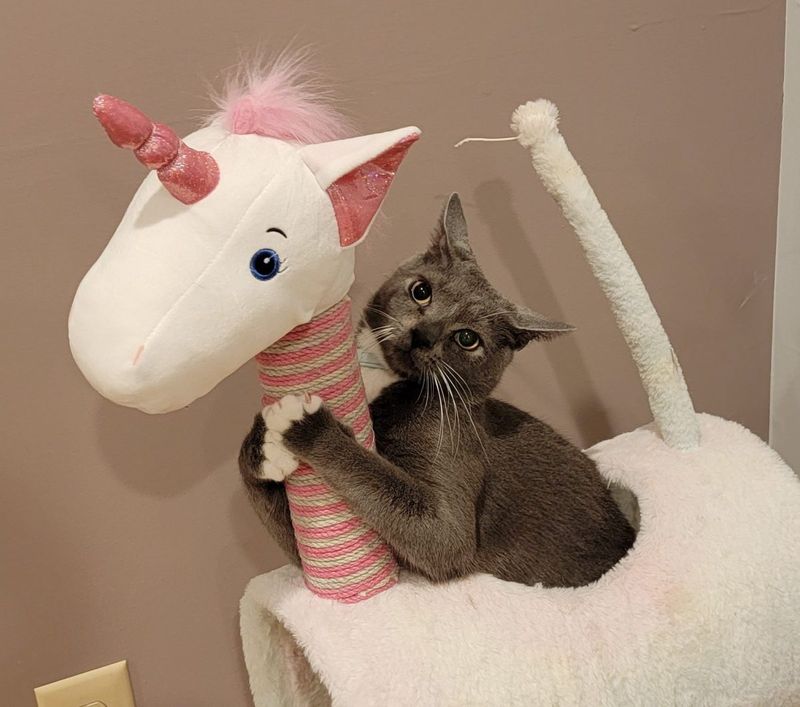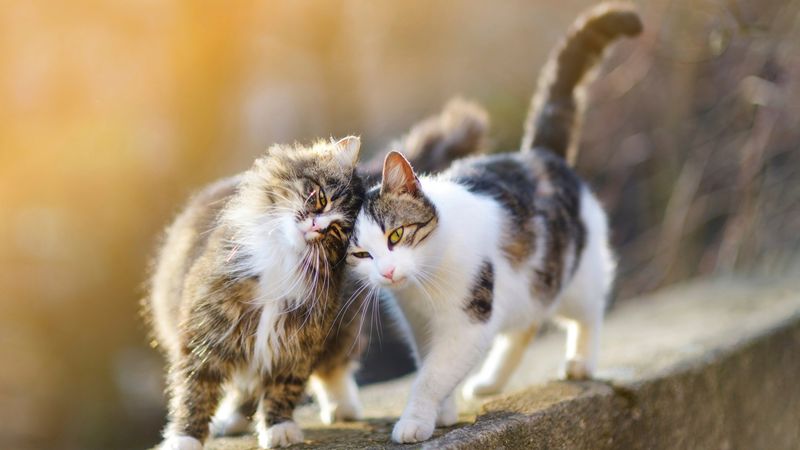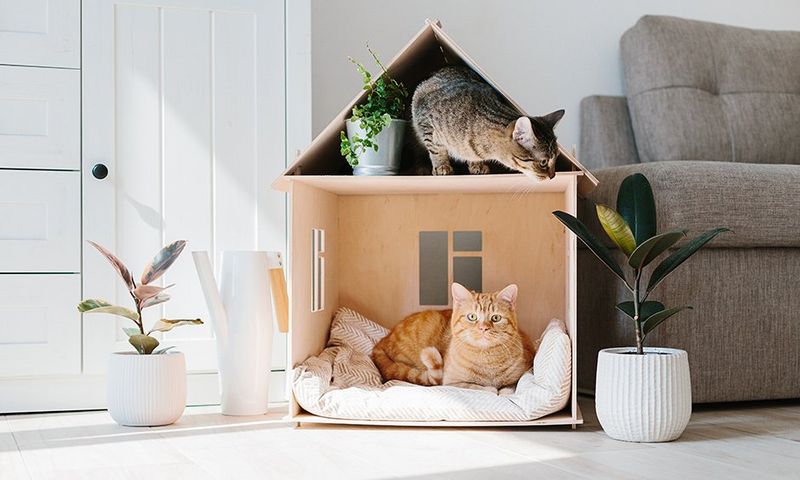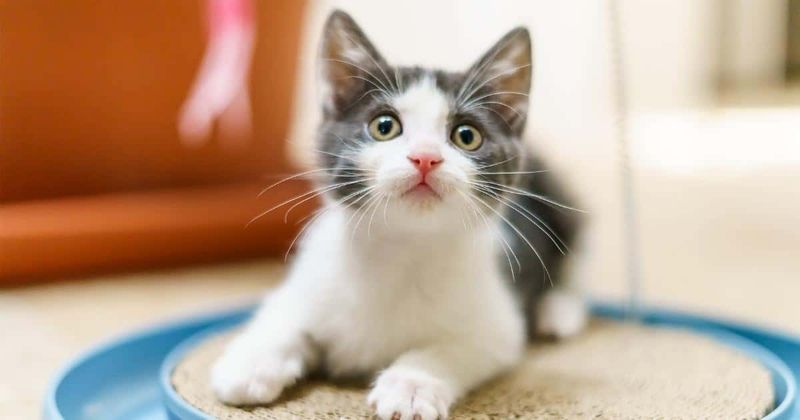📖 Table of Content:
- 1. Understand Your Current Cat’s Personality
- 2. Age Considerations Matter
- 3. Space for Everyone
- 4. Vet Check-Up is Crucial
- 5. Gradual Introduction Process
- 6. Feeding Rituals
- 7. Use of Pheromones
- 8. Playtime Together
- 9. Respect Individual Temperaments
- 10. Monitoring Health and Behavior
- 11. Set Boundaries Early
- 12. Build Trust Gradually
- 13. Addressing Resource Guarding
- 14. Patience is Key
- 15. Create a Safe Haven
- 16. Introduce New Sounds and Smells
- 17. Celebrate Small Wins
- 18. Seek Professional Help if Needed
Thinking of expanding your feline family? Bringing home another cat can be a rewarding experience, but it requires careful consideration and planning. Whether you’re trying to find a companion for your current cat or just can’t resist those adorable kitten eyes, it’s important to prepare properly. Here are 18 essential tips to guide you through the process of welcoming another cat into your home. These tips will help ensure a smooth transition and a harmonious relationship between your pets.
1. Understand Your Current Cat’s Personality
Does your cat relish solitude or seek social interactions? Understanding your existing cat’s personality is key. Some cats are territorial, while others welcome companions. Observing their behavior around other animals can offer insights. If your cat is social, introducing a new friend might be seamless. However, a solitary cat may require more patience and gradual introductions. Remember, a mismatched pairing can lead to stress for both cats. Taking time to understand your cat’s unique nature will aid in a smoother transition. A harmonious relationship often begins with acknowledging individual personalities.
2. Age Considerations Matter
Age differences can influence how well cats get along. Introducing a kitten to an older cat may bring youthful energy that could be either refreshing or annoying. Conversely, pairing two mature cats might foster mutual respect. Assessing the energy levels and health conditions related to age is crucial. A significant age gap requires thoughtful planning and patience as both cats adjust to each other. Taking age into account helps in selecting the right companion, ensuring compatibility and a peaceful coexistence. Consider how the new dynamics might reflect on the daily routine.
3. Space for Everyone
Cats cherish their personal space. Evaluate your home layout before bringing in another feline friend. Provide separate eating, sleeping, and litter areas to prevent territorial disputes. Creating distinct zones allows each cat to feel secure and respected. Introducing a new cat requires rethinking space allocation, ensuring each pet enjoys privacy and comfort. Consider your home’s environment and make necessary adjustments to accommodate an additional furry family member. Peaceful coexistence often depends on well-defined territories, eliminating unnecessary stress and promoting a balanced relationship.
4. Vet Check-Up is Crucial
Health should never be compromised. Before introducing a new cat, a thorough vet check-up is vital. Ensure vaccinations are up-to-date and screen for any contagious diseases. A clean bill of health minimizes risks to your existing pet, fostering a safe environment. Preventative care protects both cats, laying the foundation for a healthy relationship. This step is non-negotiable and reflects responsible pet ownership. A well-monitored health status ensures a smooth transition, allowing your pets to interact without health concerns overshadowing their bonding process.
5. Gradual Introduction Process
Rushing introductions can lead to tension. Gradual meetings reduce stress, allowing cats to adjust at their own pace. Start with scent swapping by exchanging blankets or toys. Visual introductions through barriers like gates can follow. Allow sniffing and observation without direct contact initially. Over time, supervised interactions can occur, gradually increasing their duration. Patience and attentiveness during this phase are key. Successful relationships are built on respect and understanding, so let your cats dictate the pace of introduction. A thoughtful process leads to lasting companionship.
6. Feeding Rituals
Feeding time can be a bonding experience or a battleground. Establishing separate feeding areas is essential to prevent competition and stress. Different dietary needs or preferences may arise, necessitating individual meal plans. Observing their eating habits helps in adjusting feeding routines to suit both cats. Consistency in feeding times and locations fosters a sense of security. Maintaining harmony during meals reflects positively on their overall relationship. A well-orchestrated feeding routine can be the foundation of peaceful coexistence, promoting trust and companionship between your pets.
7. Use of Pheromones
Nature’s calmers, synthetic pheromones, can ease feline tensions. Using diffusers that mimic feline facial pheromones promotes relaxation and reduces anxiety during introductions. This tool can be a silent helper in creating a serene environment, encouraging positive interactions. Pheromones can enhance the acclimation process, smoothing out potential friction points. By providing a calm atmosphere, you can facilitate a more harmonious relationship, allowing natural interactions to develop. Utilizing pheromones demonstrates a thoughtful approach to pet integration, highlighting care and consideration for your cats’ well-being.
8. Playtime Together
Shared play fosters friendship. Interactive toys can serve as great icebreakers, encouraging cooperative behavior. Engaging both cats in play sessions can help build rapport and reduce initial hostility. Monitor their reactions to ensure positive interactions, adjusting activities as needed. Playtime is not just fun but a way to strengthen bonds, allowing personalities to shine. A diverse array of toys can cater to varied interests, keeping both cats entertained and content. Through play, they not only burn energy but also create shared memories, laying the groundwork for lasting friendship.
9. Respect Individual Temperaments
Every cat is unique. Recognizing and respecting their individual temperaments is crucial. Some may be outgoing, while others are more reserved. Tailoring your approach to each cat’s personality fosters understanding and reduces stress. Offering choices in interaction style, whether through play or rest, allows each cat to feel comfortable. Celebrating their differences can lead to enriched interactions and a dynamic household environment. By valuing each cat’s distinct traits, you create a loving space where both can thrive, promoting a balanced and respectful coexistence.
10. Monitoring Health and Behavior
Vigilance is key after introducing a new cat. Monitor health, diet, and behavior closely. Changes in eating habits or litter box usage can signal stress or illness. Regular check-ins with the vet ensure ongoing well-being. Observing their interactions helps identify any tension or bonding issues. Timely interventions can prevent minor issues from escalating. Keeping detailed notes on their progress supports a proactive approach to integration. Through attentive monitoring, you can foster a healthy, harmonious environment, ensuring that both cats enjoy a fulfilling relationship from the start.
11. Set Boundaries Early
Boundaries create balance. Establishing clear territorial lines for each cat prevents conflict and promotes peace. Use barriers, like gates or furniture, to define personal spaces. This approach respects each cat’s need for privacy and control over their environment. Early boundary-setting reduces stress, allowing a gradual adjustment to shared spaces. By honoring their individual preferences, you cultivate a respectful and cooperative living arrangement. Thoughtful boundary management reflects understanding and care, ensuring both cats feel secure and cherished in their new shared home.
12. Build Trust Gradually
Trust is earned, not given. Building trust with your new cat requires patience and consistency. Offering treats, gentle words, and affection can slowly nurture a bond. Respecting their pace and being mindful of body language helps them feel safe. Gradual trust-building lays the groundwork for a strong relationship, allowing both cats to relax and enjoy each other’s company. Creating positive associations with new experiences fosters a sense of belonging. Through trust, a loving connection forms, turning the tentative beginnings into a warm, enduring friendship.
13. Addressing Resource Guarding
Resource guarding can strain relationships. Recognize signs like growling or blocking access to food or toys. Offering duplicate resources can alleviate competition and stress. Identifying and addressing guarding behaviors ensures a more harmonious environment. Providing equal access to resources reduces tension, fostering peace and cooperation. Understanding these dynamics helps in creating a balanced and fair household, where both cats feel secure and valued. By proactively managing resource distribution, you cultivate a respectful relationship, allowing trust and companionship to flourish.
14. Patience is Key
Patience is the cornerstone of successful pet integration. Allow both cats time to adjust, as rushing can lead to stress and setbacks. Understanding that each cat adapts at a unique pace helps in managing expectations. Consistently providing love and reassurance fosters confidence and security. Embracing patience creates a nurturing environment, where both cats feel free to explore and grow together. This delicately balanced approach encourages lasting bonds, turning initial uncertainties into joyful companionship. Through patience, a fulfilling, harmonious household emerges, celebrating each cat’s presence.
15. Create a Safe Haven
Safety first. Creating a sanctuary within your home offers cats a retreat when overwhelmed. Whether it’s a secluded nook or a designated room, providing a quiet space helps them reset. This sanctuary promotes comfort and confidence, reducing stress during transitions. Designing a safe haven reflects a commitment to their emotional well-being, allowing them to explore new relationships at their own pace. By offering a secure escape, you empower them to engage more openly, fostering trust and harmony. A thoughtfully crafted haven is a cornerstone of a loving environment.
16. Introduce New Sounds and Smells
Sensory experiences shape comfort levels. Introducing new sounds and smells gradually helps cats acclimate to change. Familiarizing them with each other’s scent through bedding or toys can build recognition and ease introductions. Controlled exposure to household noises ensures they’re not startled during interactions. These sensory strategies promote relaxation, paving the way for smoother adaptation. By curating their environment thoughtfully, you create a supportive atmosphere, welcoming them into a shared life with confidence and curiosity. Attention to sensory details enriches their experience, fostering a joyful integration.
17. Celebrate Small Wins
Success lies in the details. Recognizing and celebrating small milestones boosts morale and reinforces positive behavior. Whether it’s a shared nap or peaceful meal, acknowledging these achievements encourages continued bonding. These moments build confidence in their relationship, transforming initial hesitations into cherished companionship. Sharing your enthusiasm with them strengthens the emotional connection, making integration a joyous experience. Celebrating progress reflects the love and effort invested in their relationship, inspiring ongoing harmony and joy. Through celebration, you cultivate a vibrant, loving household for all members.
18. Seek Professional Help if Needed
When challenges persist, expert guidance can be invaluable. Professional behaviorists offer insights into feline interactions, providing tailored solutions for difficult situations. Seeking help reflects a proactive commitment to your cats’ well-being, ensuring their happiness and harmony. Professionals can uncover underlying issues that may hinder bonding, offering strategies to address them effectively. Investing in expert advice fosters a supportive environment, paving the way for successful integration. Embracing professional help demonstrates responsibility and care, ultimately enhancing the quality of life for both cats and their human companions.
